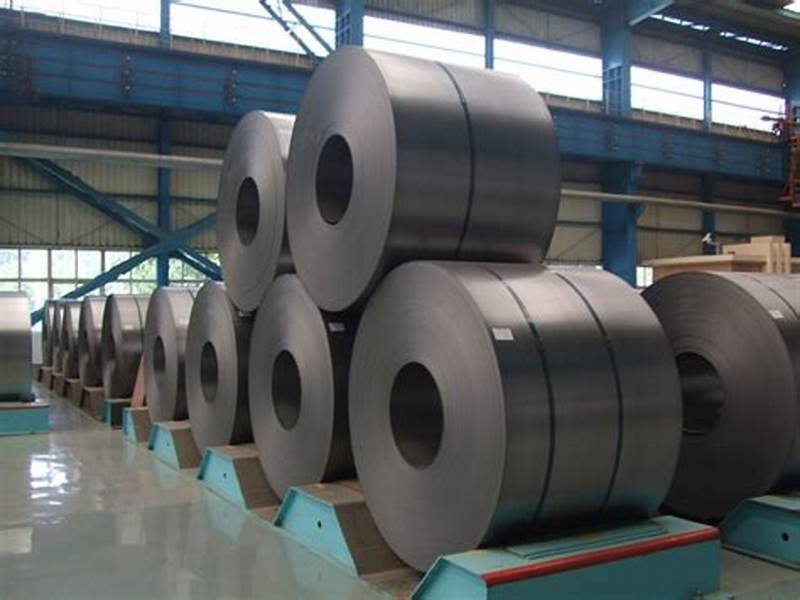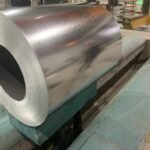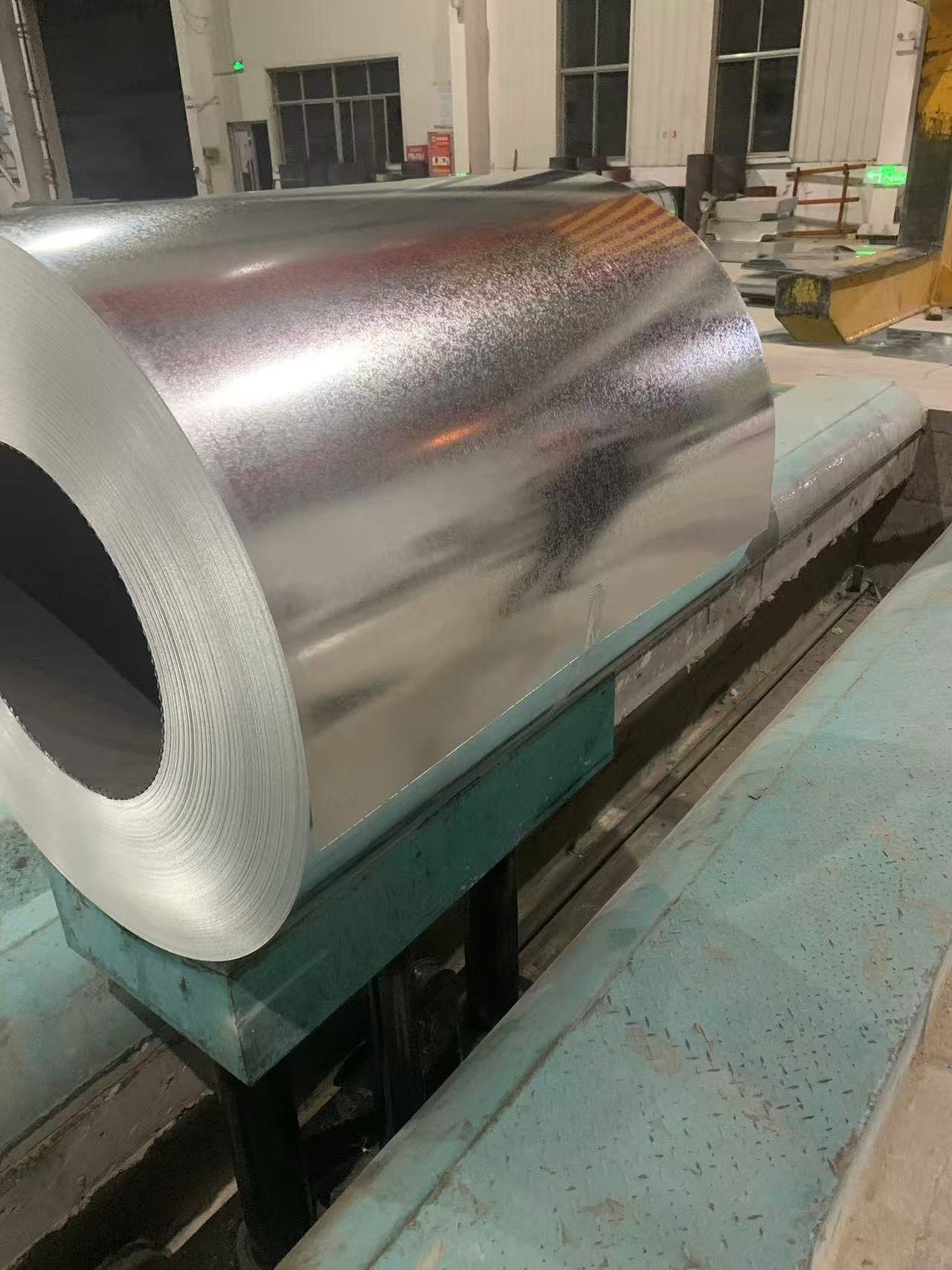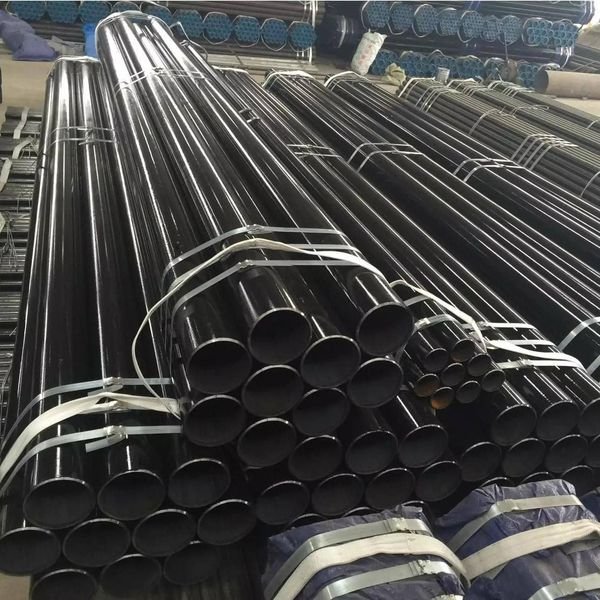Are Steel Coils Hot?

If you’ve ever seen massive steel coils stacked in warehouses, on ships, or rolling off a production line, you might’ve wondered: Are steel coils hot? Is it even safe to be around them? Short answer: Steel coils are hot in some stages of the manufacturing process—but not at all times.
Throughout this article, we’ll talk about:
- When steel coils are hot
- When they’re not
- Hot-rolled vs cold-rolled coils
- Safety and handling considerations
What Are Steel Coils?
Steel coils are rolled continuous sheets of steel, typically long in form, shaped into the form of a roll, frequently after exposure to hot or cold rolling operations. They are used in construction, automobile manufacture, appliances, shipbuilding, pipelines, and other uses. Because steel is versatile, tough, and can be recycled, coils rank among the globe’s most heavily traded semi-finished steel products in the world market.
When Are Steel Coils Hot?
Steel isn’t necessarily hot when it’s being kept or handled—although there are a handful of key points in production when it simply is.
1. Straight After Hot Rolling
Hot-rolled steel coils are rolled at extremely high temperatures, typically over 1,000°C (1,800°F). The metal is then red-hot and soft enough to be rolled flat at this point. The sheets are then coiled while still hot and guided cooling subsequently before being processed safely.
If not allowed to cool for a few hours or cooled in cooling beds, just rolled steel coils can lead to severe burns when handled.
2. In Heat Treatment (Annealing)
Some coils of steel, especially cold-rolled coils, are annealed—a heat treatment to minimize internal stress and maximize ductility. Annealed coils are heated to a few hundred degrees Celsius in industrial furnaces during annealing.
They are not red-glowing like hot-rolled steel but are still very warm until cooled entirely.
When Aren’t Steel Coils Hot?
Once steel coils have cooled, they may be stored, shipped, and processed safely. These are the conditions under which steel coils are not hot:
1. After Cooling or Processing
After hot rolling, steel coils pass through cooling equipment or naturally cooling beds. Once they reach ambient temperature—usually hours to a day, depending on thickness—they are moved to warehouses or shipped out to be further processed.
These coils are dark gray or dark and are no longer dangerous to the touch (with gloves, as a protection against sharp edges).
2. Cold-Rolled Steel Coils
Cold-rolled coils are rolled at or near room temperature, by tension and pressure rather than heat. These coils are never hot when produced and are generally shipped and stored under ambient conditions.
Cold-rolled coils are widely used in applications requiring smooth finishes, tighter tolerances, and greater strength—such as car bodies, household appliances, and furniture.
Key Differences Between Hot-Rolled and Cold-Rolled Coils
| Feature | Hot-Rolled Steel Coils | Cold-Rolled Steel Coils |
| Production Temperature | Over 1,000°C | Near room temperature |
| Surface Finish | Scaled, rough | Smooth, shiny |
| Tolerance | Lower | Higher |
| Common Uses | Construction, structural | Automotive, appliances |
| Hot to the Touch? | Yes (immediately after) | No |
How Are Hot Coils Cooled?
After hot rolling, steel coils must be cooled gradually to prevent internal stress or deformation. It is done in a number of ways:
- Air cooling on cooling beds
- Spray or water mist cooling systems
- Protected atmosphere cooling in protective covers
They can then be pickled (acid-washed to remove scale), oiled, and warehoused for shipping or further processing.
Safety Considerations
Hot or cold, steel coils remain hazardous physically due to their weight, sharp edges, and bulk. But hot coils present a special hazard beyond that: thermal hazards. Some safety precautions are as follows:
- Never approach a coil on the line unless it has been suitably marked as cooled.
- Use infrared thermometers or sensors to measure surface temperature.
- Wear flame-resistant gloves and protective wear around annealing or hot rolling stations.
- Provide adequate training for coil lifting and handling operations.
Frequently Asked Questions
- Is it okay to touch a steel coil in a warehouse?
Yes, if it is processed and stored, it is room temperature. But always use gloves to prevent injury from sharp edges.
- How long will it take for a steel coil to cool?
It will differ by its thickness and cooling process, but typically a few hours to a whole day.
- Are cold-rolled coils ever heated?
Yes, during annealing, but they are fully cooled upon shipping or handling.
Conclusion
Then, are steel coils hot? It all depends upon when and where you encounter them.
- When undergoing hot rolling or annealing, steel coils are quite hot and not safe to handle.
- Cooling or in storage, coils are not hot and are handled safely with proper equipment.
Whether you are buying steel coils or producing, having knowledge of the temperature condition of your materials is critical to making better decisions—for safety, efficiency, and performance in the application to which they will be applied.




